MOUNT KINABALU
The Summit of Borneo
Mount Kinabalu is the most dramatic feature in Sabah and the tallest peak between the Himalayas & the New Guinea. Towering at 4,095 metres (13,435 feet), Mount Kinabalu exerts a magical quality that is both indescribable and unbelievable. The granite peaks are constantly veiled in wisps of clouds which sometimes resemble a graceful woman peeping coyly from behind the veil. At times during a clear day, the summit reveals a distinct glacier carved pinnacles, rising from the smooth granite dome, exuberating tranquility and peacefulness.
The mountain itself represents one of the world’s youngest batholiths: an old magna chamber that was forced through the earth’s crust. Though young, it is the central focus of Kinabalu Park and the legends of the KadasanDusun people, Sabah’s largest ethnic group. The KadasanDunsun believe that the mountain is the sacred resting ground of the spirits of their ancestors.
 Legends & Myths – Mt Kinabalu Tale
Legends & Myths – Mt Kinabalu Tale
There are many folklores and fables that tell stories of how Kinabalu got its name. The local KadazanDusun people believe that the word is derived from “Aki Nabalu”, which translates into “revered place of the dead”. The mysterious KadazanDusun tribe believes that spirits dwell on the mountain top. According to another popular folklore, the name Kinabalu actually meant “Cina Balu”. “Cina Balu” translates into “chinese widow”. Legend tells a story of a Chinese prince who ascends from the mountain in search of a huge pearl guarded by a ferocious dragon. He married a Kadazan woman upon his successful conquest, whom he soon abandoned for return to China. His heartbroken wife wandered into the mountains to mourn whereby eventually she turned into stone.
CLIMBING MOUNT KINABALU
Ascending Mount kinabalu requires no specialized mountain climbing skills but it pays to be fit. Locals begin climbing the mountain from the age of three. The trail to the highest peak winds along the southern side of the mountain. It is an 8.5 kilometre (5.25 miles) trek to the top. For most people, from a 9 month-old baby (carried by father) to an 83 years-old New Zealander, the journey takes two days. However, champion mountain runners at the annual Mount Kinabalu International Climbathon, proclaimed the “toughest mountain race in the world”, have been known to complete the run up and down the mountain in less than 3 hours!
 The terrain stretches upward from lowland rain forest to montane forest, cloud forest and sub alpine meadow, before finally reaching a crown of bare granite. Only at Mount Kinabalu can you eat breakfast in a lowland rainforest, lunch in a cloud forest, and enjoy dinner in a subalpine meadow!
The terrain stretches upward from lowland rain forest to montane forest, cloud forest and sub alpine meadow, before finally reaching a crown of bare granite. Only at Mount Kinabalu can you eat breakfast in a lowland rainforest, lunch in a cloud forest, and enjoy dinner in a subalpine meadow!
TIMPOHON TRAIL (4KM)
|
Timpohon – Summit Trail
The trail winds up a steep staircase of gnarled tree-roots to a mossy world of drifting clouds and orchird-draped trees, where where pitcher plants and rhododendrons abound. There are several shelters (or Pondok). The first is Kandis Shelter at 1,981.7 m, where on a clear day, a view of the road that links Kota Kinabalu city to the Park can be seen.
The second is Ubah Shelter at 2,081.4 m, the area where one of Borneo’s most unusual pitcher plants grows – the Nepenthes lowii, so do remember to look out for these oddly-shaped plants with containers. The mossy forest continues on past the Sabah Telecoms Station at Komborongoh, (2,252.2 m). Interestingly, ‘Komborongoh’ is a type of plant used to ward off evil spirits during traditional ceremonies and rituals by locals.
The third is Lowii Shelter. The trail continues up the mossy forest of mixed bamboos and tree ferns. More rhododendrons are seen. At 2,518 m is the fourth shelter, Mempening Shelter has wild begonias growing nearby. You can stop at these shelters to observe the squirrels, tree shrews and birds that seem so unafraid of climbers. Soon after the Layang-Layang TV station, you will emerge to an open exposed ridge at Layang-Layang (previously known as Carson’s Camp).
From Layang Layang, the journey upwards passes the fifth shelter, Villosa Shelter, at 2,690 m, which is situated at the top of an open rocky patch and soon the forest becomes even more stunted. Superb view can be seen of Mt. Kinabalu towering above you as you follow the trail upwards. As you climb higher, you will pass a forest of bent and twisted silvery-grey trunks with peeling bark.
At the top of this open area at 3,050 m, a small track leads off to a helipad on the right where you can catch a magnificent view of the Summit Plateau. Further on, you will come upon the sixth shelter, Paka Shelter, at 3,080 m. Look around for Paka Cave, which is sited on the edge of a small stream, and it is nothing more than a large overhanging rock where the first explorers slept.
The thinning air makes it harder to breathe. Finally, the various accommodations for overnight stop are reached. The accommodations include Waras Hut, Panar Laban Hut, Gungting Lagadan Hut, Pendant Hut and Laban Rata resthouse. You will break the journey and spend the night in one of these huts, which offer climbers hostel accommodation and a restaurant for hot meals before they resume their climb to the peak.
Panar Laban – ‘the place of sacrifice’ – was where Sir Hugh Low and his local guides performed a ritual sacrifice to appease the ancestral souls for their ‘disturbance’ to the spirit world and to seek safe passage. This same sacrifice is still performed each year and when there is a major expedition or event on the mountain.
 Continue Climb to the Peak at 2:00am
Continue Climb to the Peak at 2:00am
After a short night’s rest, you will need to be ready by about 2:00 am in the early morning in order to catch the sunrise at the peak. It takes about 3 hours depending on fitness level to reach the peak and there are ladders and ropes to help you over the steeper terrain. In the dark, you can see the beams of torch lights as the procession of climbers trudge higher and higher. Along the trail to the summit, marvel at the incredible mountain backdrop of teeth and fangs, rugged landscape of cliff, gorge, gulley, plateau and precipice and whatever you name it, the mountain has it!
An hour from Panar Laban, you’ll see the Sayat-Sayat Hut (3,668m), this is the highest shelter on the mountain. Your permit will be checked once again at this Sayat-Sayat Checkpoint for access to the summit and to ensure you will get your coloured climber certificate at the end of the climb. From here, you will walk across bare granite slabs that stretch endlessly ahead, in an eerie moonscape of stone.
At 4,095.2m above sea level and in the freezing darkness, you reach your final destination – the summit of Mount Kinabalu. In an almost sacred manner, the dawn of a new day unfolds gloriously before you. It is a guaranteed awesome and magical moment of your life! From this vantage point, you’ll see a dramatic drop more than 1,000m down, this is Low’s Gully.
Descent to the Foot of Mountain
It can be very cold with strong wind at the summit. Hence, climbers are advised to descend as soon as possible. You may be lucky to have good mountain condition and able to stay longer. It is however advisable to descent before the swirling clouds could obstruct visibility. It takes about 2 hours to descent to Panalaban Base Camp and after you check out of your accommodation, it takes another 4 – 5 hours to descent to Timpohon Gate. The slowest descent record from Panar Laban to Timpohon Gate is 12 hours!
Types of Mt Kinabalu Climbers Certificate
It can be very cold with strong wind at the summit. Hence, climbers are advised to descend as soon as possible. You may be lucky to have good mountain condition and able to stay longer. It is however advisable to descent before the swirling clouds could obstruct visibility. It takes about 2 hours to descent to Panalaban Base Camp and after you check out of your accommodation, it takes another 4 – 5 hours to descent to Timpohon Gate. The slowest descent record from Panar Laban to Timpohon Gate is 12 hours!
 Kinabalu Park Accommodation
Kinabalu Park Accommodation
Kinabalu Park accommodation offers a variety of options to suit all budgets ranging from super luxurious private chalets to comfortable dormitories and suites.
Chalets and suites are equipped with excellent amenities and locally crafted, rustic furniture. Guests can relax in peaceful, picturesque surroundings or snuggle up beside the fireplace on cooler nights.
| Rock Twin Share | 4 Units | Common Lounge, Common Bathroom, Pantry |
| Rock Hostel | 20 Beds | Fireplace, Common Lounge, Common Bathroom, Pantry |
| Grace Hostel | 20 Beds | Fireplace, Common Lounge, Common Bathroom, Pantry |
| The Hill Lodge | 10 Units | Attached Bathroom, Heated Shower |
| Liwagu Suite | 4 Units | 1 Bedroom, 1 Bathroom, 1 Toilet, Living Area, Heated Shower |
| The Peak Lodge | 4 Units | 2 Bedrooms, Dining & Living Area, Fireplace, Bathroom, Pantry, Heated Shower |
| Summit Lodge | 1 Unit | 2 Bedrooms, Dining & Living Area, Fireplace, Bathroom, Kitchen, Heated Shower |
| Garden Lodge | 1 Unit | 2 Bedrooms, Dining & Living Area, Fireplace, Bathroom, Kitchen, Heated Shower |
| Nepenthes Lodge | 8 Units | 2 Bedrooms, Dining & Living Area, Fireplace, Bathroom, Pantry, Heated Shower |
| Kinabalu Lodge | 1 Unit | 3 Bedrooms, Dining & Living Area, Fireplace, Bathroom, Kitchen, Heated Shower |
| Rajah Lodge | 1 Unit | 3 Bedrooms, Dining & Living Area, Fireplace, Bathroom, Kitchen, Heated Shower |
Activities within Kinabalu Park
Visit Mount Kinabalu Botanical Garden (Mountain Garden) One of the biggest attractions at Kinabalu Park, this 5-acre Garden is an excellent showcase of the diverse plant-life on the mountain, as flora from all over the Park has been replanted here. Many of these plants are not only lovely to look upon, but have medicinal value too, as proven by the local Dusun community.
Guided Trekking
Follow any of the numerous and interesting nature trails within Kinabalu Park and discover rare and endemic plants today! Follow Park Naturalists or our guide as they take you on a guided trail walks and educate you on the various wonders.
| Liwagu Trail | 5620 | 2 hours |
| Silau Silau Trail | 3057 | 1 hour 30 minutes |
| Bukit Burung Trail | 1082 | 1 hour |
| Kiau View Trail | 2544 | 1 hour 30 minutes |
| Bundu Tuhan View (Sunset) | 465 | 15 minutes |
| Pandanus Trail | 598 | 20 minutes |
| Bukit Ular Trail | 997 | 30 minutes |
| Mempening Trail | 2516 | 1 hour 30 minutes |
| Bukit Tupai Trail | 345 | 15 minutes |
Important Notice : Guests wishing to trek along these trails must be accompanied by either a Sabah Park Ranger, a Park Naturalist or a licensed Tour Guide. We will not be held responsible for any death, injuries, loss and/or damage howsoever caused to trekkers. All guests trek at their own risks.
- Liwagu River TrailDistance : 5,620 metres
Duration : 2 hoursThe trail starts from Kinabalu Balsam Restaurant located at the Park Headquarters. The trail leads to Silau-Silau but does not cross until the Liwagu junction. Follow the Liwagu upstream before reaching the Power Station road near Timpohon Gate. It is a steep, narrow and varied trail through a ridge forest, cool stream valley, rattan palms and Liwagu. - Silau SilauDistance : 3,057 metres
Duration : 1 hour 30 minutesFollow the river from its source below Kiau Gap which junctions with the Liwagu River near the overhanging rock of Liwagu Cave. The trail is linked with other trails at various points, including Bukit Burung, Bukit Tupai and Kiau view. - Bukit Burung TrailDistance : 1,082 metres
Duration : 1 hourStart from the road, cross the Silau-Silau stream and trail, then proceed up the ridge side to Bukit Burung shelter for a spectacular view of the Park Headquarters, Lower Liwagu Valley and Mount Kinabalu. Attractions include easy access to a hill forest, cool stream valleys and dry ridge tops. - Kiau View TrailDistance : 2,544 metres
Duration : 1 hour 30 minutesFrom the arch at the park entrance, proceed along a wide undulating ridge trail. Finish just after the 1.5 km mark along the Power Station Road opposite the entrance to Silau-Silau Trail. Attractions include scenic views of the west coast and an assortment of local tree species. - Bundu Tuhan View (sunset)Distance : 465 metres
Duration : 15 minutesTake the loop road below the staff quarters near the Conservation Centre. The trail reaches shelter at a ridge top above the main Ranau Highway. Obtain spectacular views of Bundu Tuhan village and southern mountains including Malaysia’s second highest peak, Mount Trusmadi (2,642 metres). Follow the ridge down to Liwagu Trail. - Pandanus TrailDistance : 598 metres
Duration : 20 minutesA broad well graded trail offering refreshing views. The Pandanus Trail opened in September 1999 for the World Mountain Trophy Race, starting near the car park of the Park Headquarters administration building joining the Kiau View Trail at ridge crest. - Bukit Ular Hillside TrailDistance : 997 metres
Duration : 30 minutesA fairly steep trail takes hikers through a journey along a winding road around Bukit Ular from the top of Power Station Road and finally emerging just behind the Power Station. Attempt a challenging 30-minute detour from the top of Bukit Ular for excellent views of a waterfall and mountain. - Mempening TrailDistance : 2,516 metres
Duration : 1 hour 30 minutesStart half way up Power Station Road, trek down the ridge through dense oak chestnut forest to Bukit Tupai and Silau-Silau stream. Good view of Park Headquarters and Liwagu Valley. - Bukit Tupai TrailDistance : 345 metres
Duration : 15 minutesFrom Multi-purpose Hall, cross Silau-Silau stream and trail, going straight up to ridge crest and Bukit Tupai Shelter. Splendid view of Park Headquarters and tree canopy area. On clear days, breathtaking view of Mount Kinabalu. Ridge crest links to Mempening and Bukit Burung Trail.
FAQ
Where Is Mount Kinabalu?
Mount Kinabalu (Gunung Kinabalu/Akinabalu) dominates the island of Borneo in South East Asia. It stands poised in the East Malaysian state of Sabah, and is protected as Kinabalu National Park, a UNESCO World Heritage Site.
When Is The Best Time To Climb Mount Kinabalu? How Is The Weather In Mount Kinabalu?
The best time to climb Mount Kinabalu, 4,095 metres (13,435 ft) is during the dryer seasons which falls around March to September. The weather is slightly unpredictable with passing showers expected all year round as it is a tropical rainforest. The temperature at the summit of Mount Kinabalu drops to freezing point 0 °C – 3°C, whereas the trail from Timpohon to Panalaban basecamp ranges from 6 °C – 16 °C and before the start of the climb is around 15 °C – 26 °C at Kinabalu Park.
What Is The Maximum Number Of Climbers Allowed Per Day And Why?
Currently, Sabah Parks only issue 175 climb permits daily, but this number may change in future. This is mainly because of safety reasons in overseeing climbers’ safety upon ascending to Low’s Peak summit in total darkness. It is also to ensure the summit climb is not overcrowded by climbers.
Who Can Climb Mount Kinabalu? Any Age Limit?
There is no age limit for who can climb Mount Kinabalu, as long as you are in good shape, good health status or you have sought approval from your doctor if you are on any medication. Amazing Borneo Tours has served thousands of climbers ranging from 7 to 80 years old. We do however, suggest young children to be at least 10 years old due to numerous steps and steep slopes. Similarly, elderly climbers need to be in good health and fitness level to attempt the climb.
Do I Need Any Special Skills Or Equipment For The Climb?
Not at all. Climbing Mount Kinabalu is indeed a big adventure, but no climbing skills or equipment is needed. Climbing Mount Kinabalu involves several flights of stairs, just being equipped with a good pair of trekking shoes, waterproof jacket, head torch and gloves is enough to get you far. Anyone reasonably fit and healthy can scale, hike, trek and climb with confidence. Regular exercises will give you an added edge in attempting a successful climb. suggest young children to be at least 10 years old due to numerous steps and steep slopes. Similarly, elderly climbers need to be in good health and fitness level to attempt the climb.
How Do I Hire A Porter?
Please inform us upon confirmation of your booking if you may require a porter. We will arrange for a porter to standby at Kinabalu Park HQ on the morning of your climb to assist you. All payments are made directly to the porters in cash.
What Is The Cost Of Hiring A Porter?
Porter Fee (OPTIONAL)
| Destination | Weight (kg) | Rate |
| Timpohon – Panalaban | 10 | RM65.00/way |
| Panalaban – Timpohon | 10 | RM65.00/way |
| Timpohon – Sayat Sayat | 10 | RM75.00/way |
| Sayat Sayat – Timpohon | 10 | RM75.00/way |
| Timpohon – Summit | 10 | RM80.00/way |
| Summit – Timpohon | 10 | RM80.00/way |
** Minimum weight is 10 Kgs and additional weight will be charged based on daily rate per Kg
** All rates are inclusive of 0% GST.
** Rates stated are for reference purposes only. Please confirm with porters on their day of services.
** All payments are made directly to the porters in cash.
Will The Porters Trek Along With Me?
No. Porters will carry your belongings and walk non-stop to Panalaban base camp and wait for your arrival. They will not trek together with you nor wait for you at each stop. Therefore, please do not ask them to carry items that are considered handy to you during your climb.
The best tip is to pack 2 separate bags; one is for the porter to carry straight to Panalaban, the other personal bag containing your necessities (e.g. water, lunch pack, energy bars) will be carried by you throughout the climb. Remember to keep it light.
Who Can Climb A Via Ferrata?
Almost anyone. Climbers and non-climbers aged between 10 and 70 who are fit and healthy, not afraid of heights, and want to experience the mountain in a whole new way. Oh and by the way, you also have to be at least 1.3m tall
Can I Climb Mount Kinabalu Without A Guide?
No. Even though you are an experienced climber, Sabah Park safety regulations require all climbers/hikers to be accompanied by a licensed mountain guide from the local Mountain Guide Association. The ratio is at least 1 mountain guide to a maximum of 5 climbers (more than 16 years old) and 1 mountain guide to a maximum of 2 climbers (less than 16 years old).
DOWNLOAD OUR TRAINING PROGRAM:
SGTREK – Kinabalu Training Plan
For any queries related to the event do contact below person:
Phone: +65 92700908 (WhatsApp)
Email : contact@sgtrek.com
This trip is organized by:
SGTREK PTE. LTD.
Reg. No. 201816267K
STB License No. 03160
Address: 28A, Kandahar Street
Singapore 198889
Email: contact@sgtrek.com
WhatsApp: +6592700908
Website: https://sgtrek.com
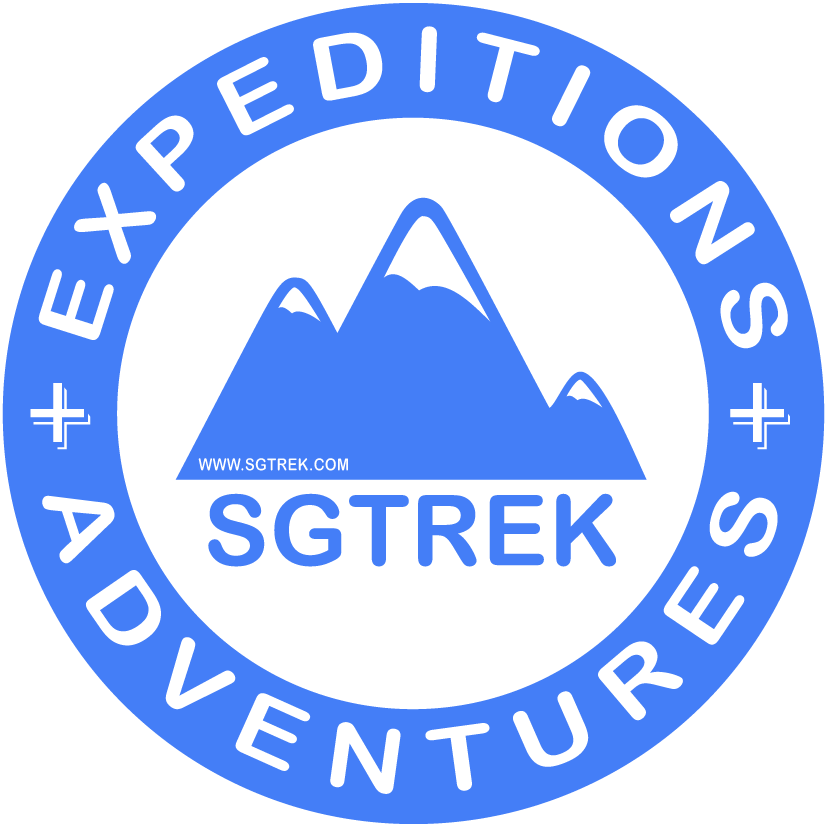

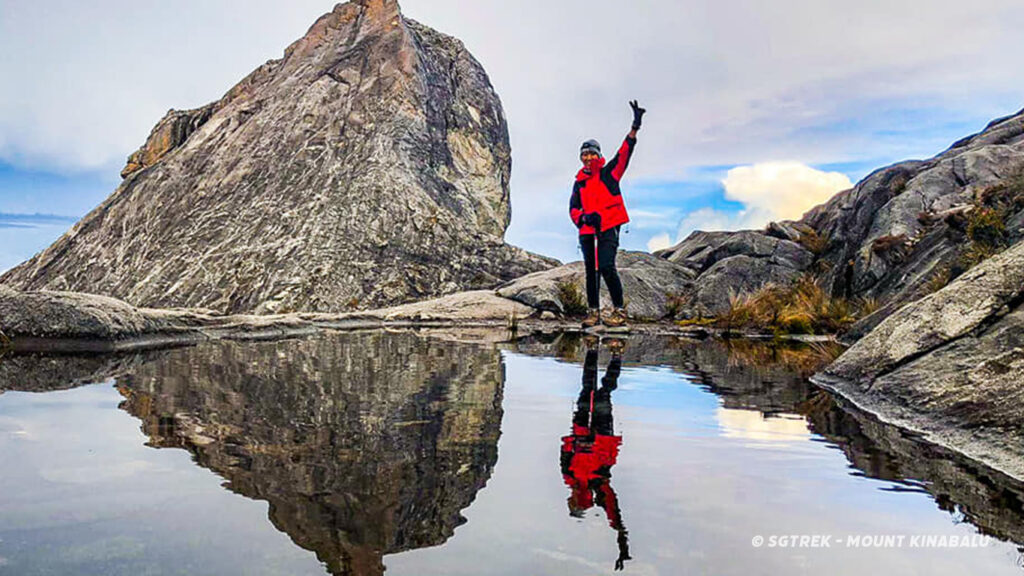 Legends & Myths – Mt Kinabalu Tale
Legends & Myths – Mt Kinabalu Tale Continue Climb to the Peak at 2:00am
Continue Climb to the Peak at 2:00am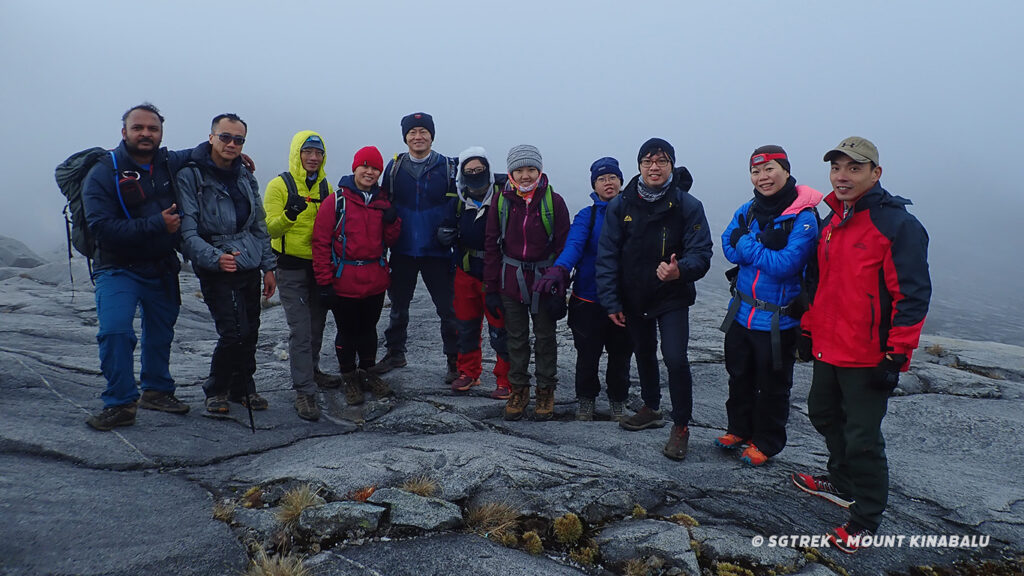 Kinabalu Park Accommodation
Kinabalu Park Accommodation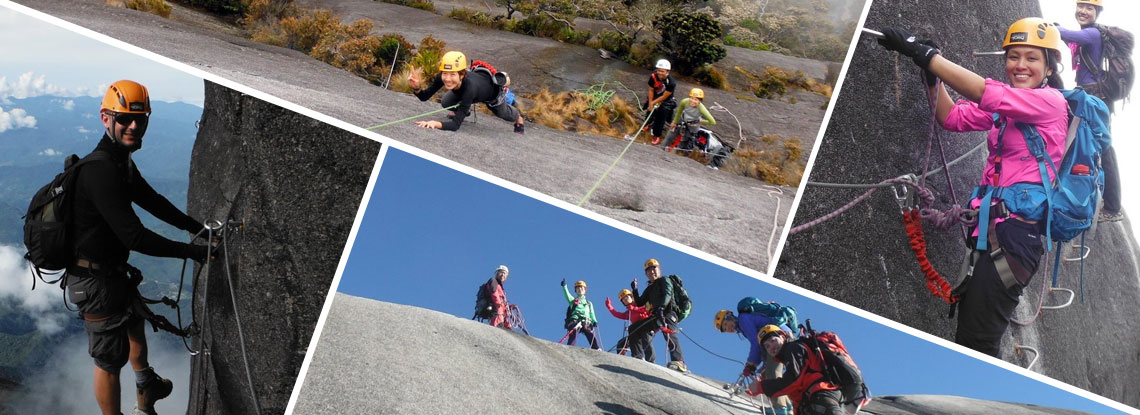
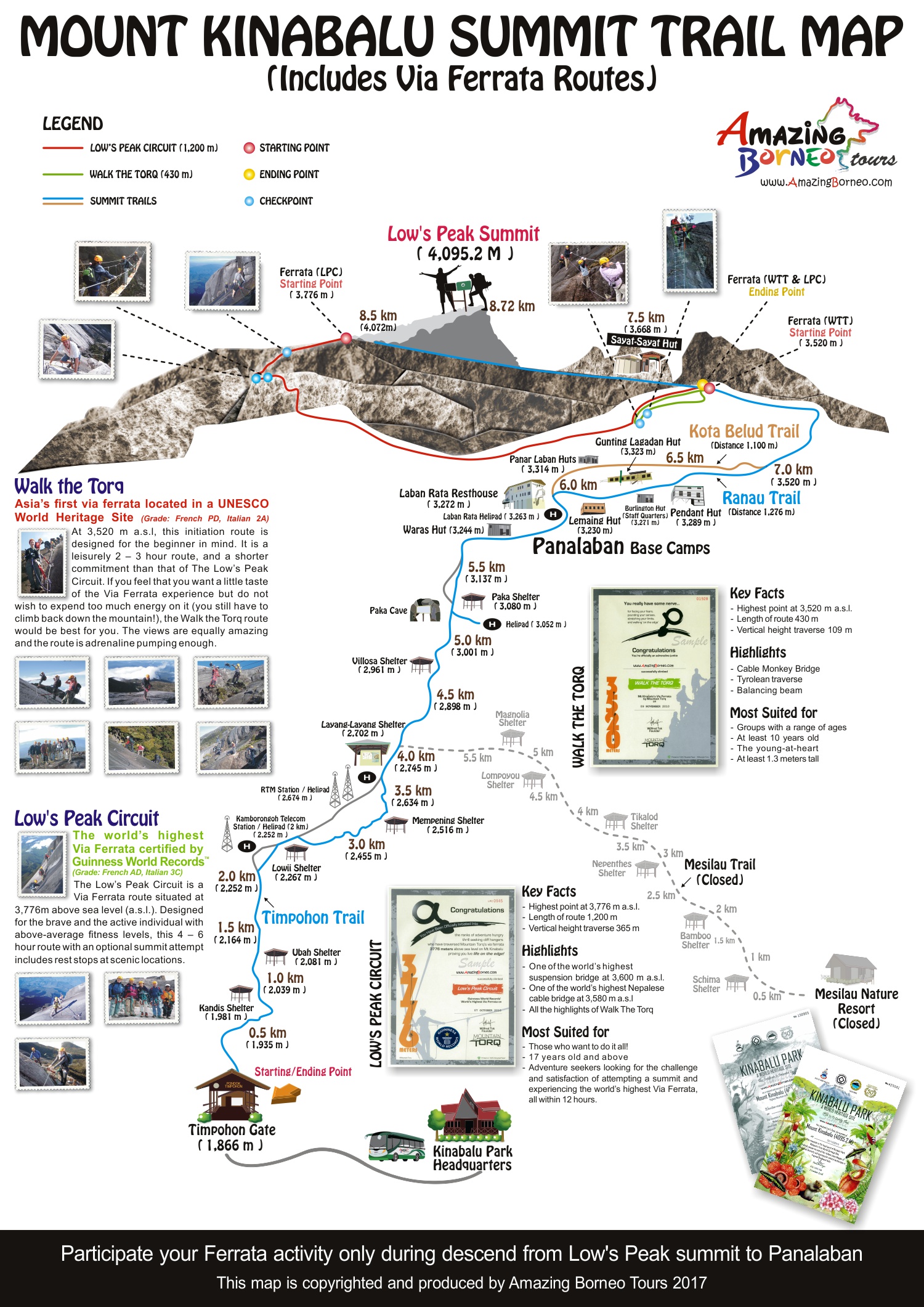
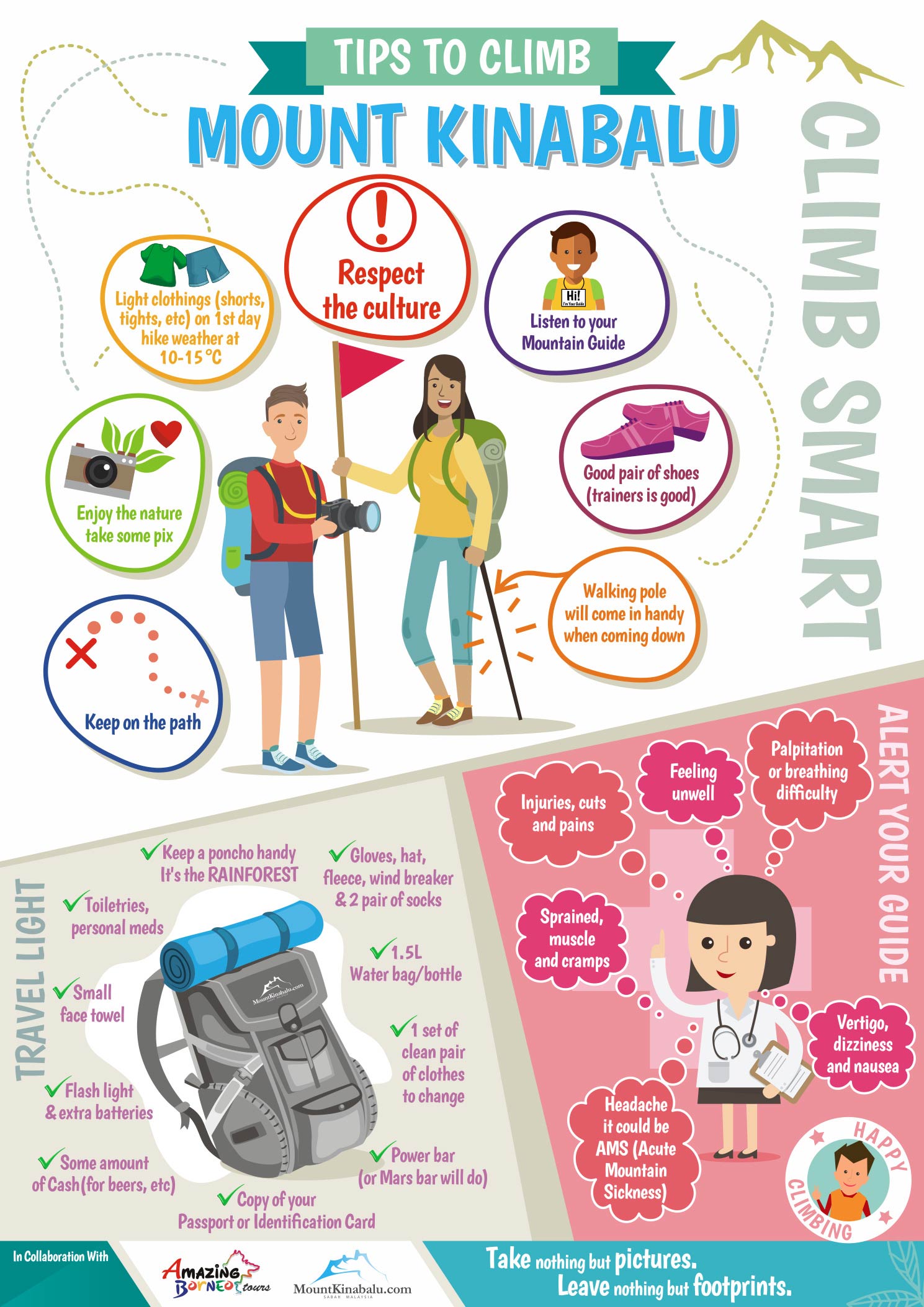

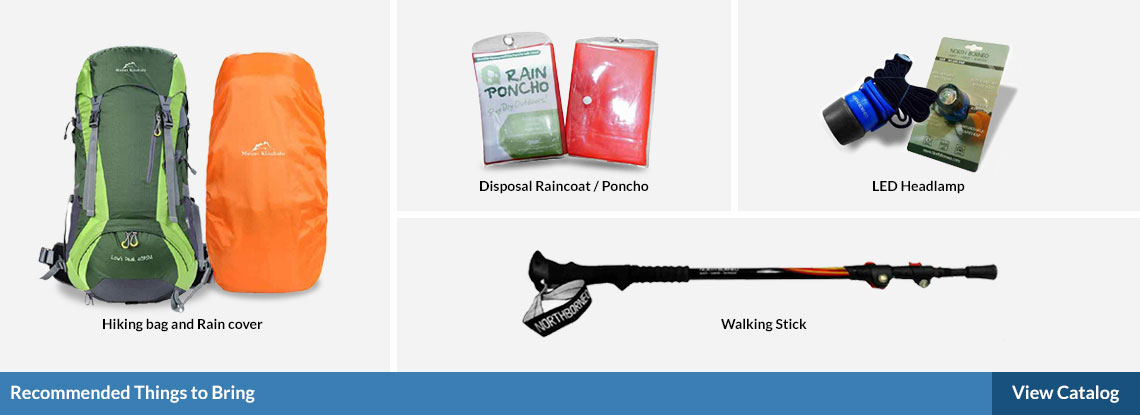
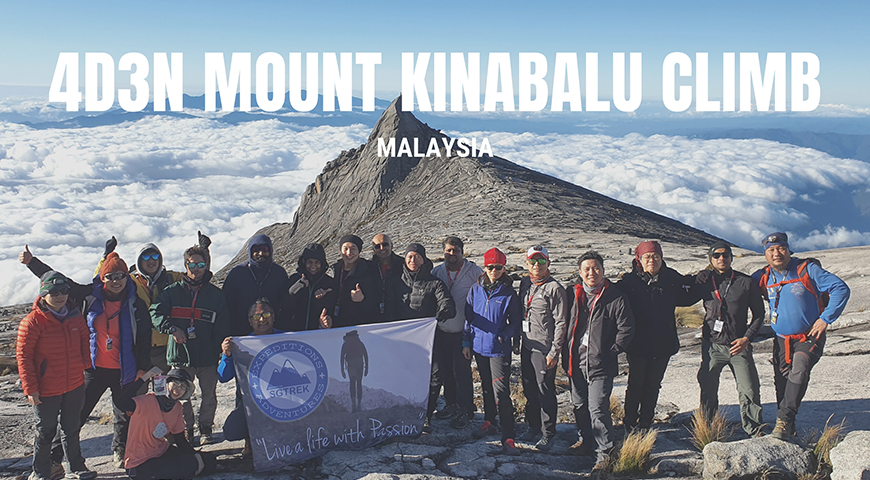
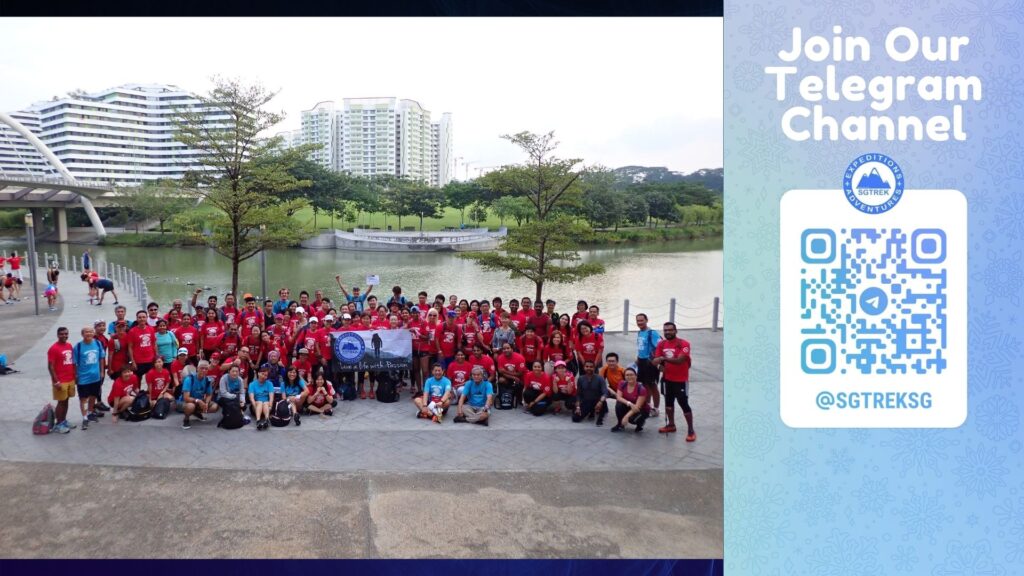





Very useful guide indeed and a great aid in helping arrange and organise for my upcoming Kinabalu trek in March. Thank you
Thank you very much. If any queries regarding the climb feel free to check with us.